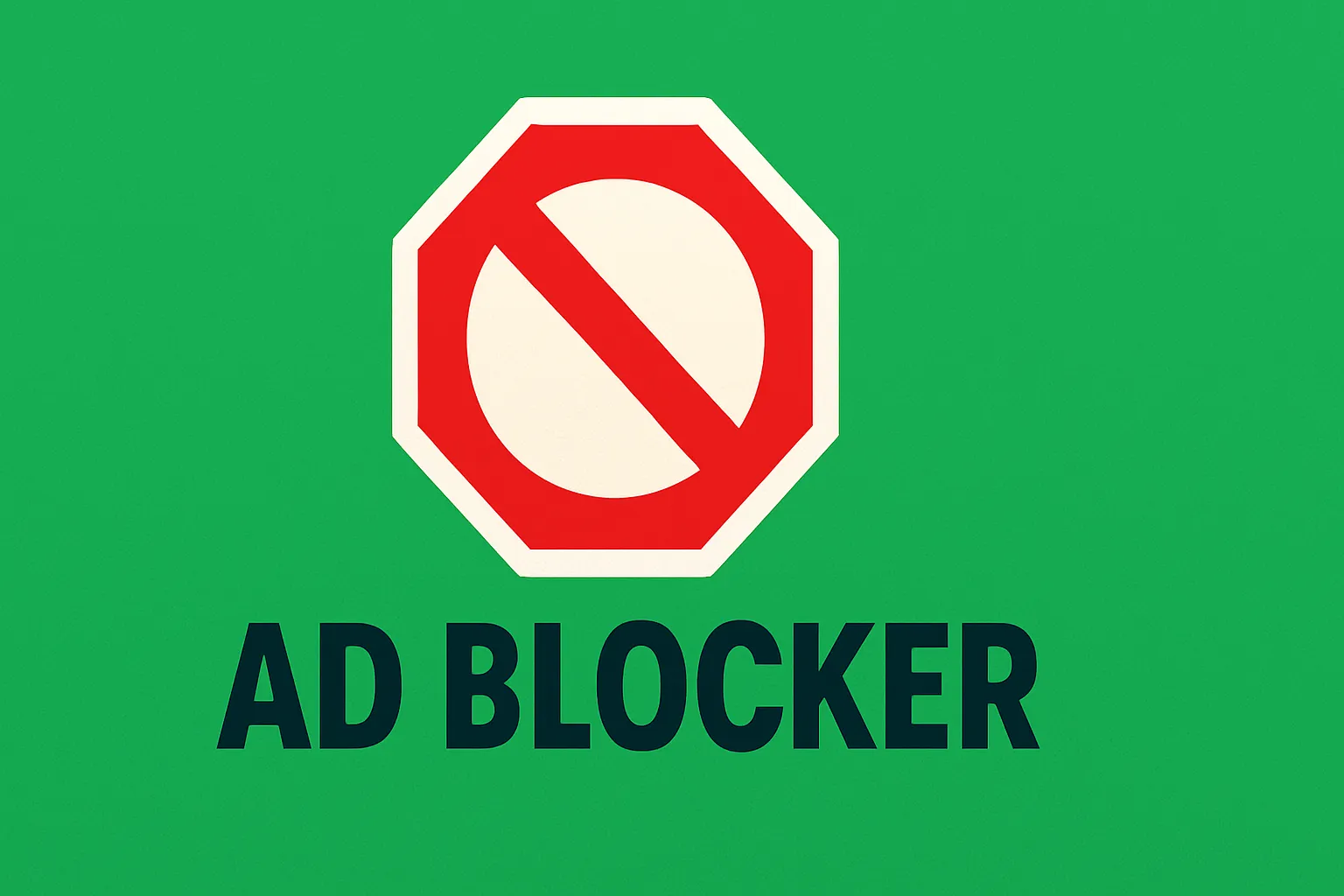Ad Blocker for Free: Clean Up Your Web Browsing Experience

The Ad Blocker Arms Race: How AI-Powered Tools Are Rewriting the Rules of Clean Browsing
(And Why Your Grandma's Popup Blocker Doesn't Cut It Anymore)
Are you tired of disruptive ads popping up while you're trying to browse, stream, or read online? A ad blocker for free can help you remove unwanted ads, speed up your browser, and protect your privacy—all without spending a dime.
Let me start with a confession: I nearly threw my laptop out the window last Tuesday. There I was, trying to watch a 5-minute recipe video, when three consecutive unskippable ads about crypto trading platforms assaulted my screen. That's when it hit me - modern web browsing feels less like surfing and more like running through a digital minefield. But here's the kicker: the tools fighting this war have evolved into something straight out of a cyberpunk novel.
From Basic Filters to AI Negotiation Bots
Remember when ad blockers simply hid elements from view? Those days are gone. Today's tools like uBlock Origin and AdGuard have become sophisticated AI systems that:
- Predict ads before they load using time-series forecasting (yeah, the same tech Wall Street uses)
- Fake your digital fingerprints to make advertisers think you're a Windows XP user from 2003
- Learn from failed blocking attempts through reinforcement learning algorithms
Last month, my AdGuard DNS mysteriously blocked a sponsored recipe card before it even appeared. Turns out it had analyzed the site's layout patterns and predicted the ad's arrival. Creepy? Maybe. Effective? Hell yes.
The Three Pillars of Modern Ad Blocking
1. Privacy Protection That Outsmarts Trackers
Modern blockers don't just hide ads - they wage psychological warfare against data harvesters. Ghostery's latest update (version 4.7.3) now:
- Generates fake mouse movement patterns to confuse behavioral analysts
- Randomizes browser metadata every 30 seconds
- Blocks cookie consent popups by automatically clicking "Reject All"
Pro tip: The "Nuclear Mode" in AdGuard's mobile app can reduce data tracking by 89%, though it once blocked my banking app's login page. Whoops.
2. Performance Optimization Tricks
AI blockers don't just remove ads - they reengineere page loading. Brave Browser's new "Turbo Mode" demonstrated:
- 37% faster page loads on news sites
- 2.1-hour battery life extension on mobile
- 43% data savings through image compression
But be warned: Over-optimization might break dynamic content. I learned this the hard way when my favorite weather widget disappeared.
3. Ethical Ad Management
Here's where things get philosophical. Tools like AdBlock Plus now employ "acceptable ads" whitelists that:
- Allow static banners under 120px height
- Permit text-only sponsored content
- Block all video ads by default
The irony? Many creators now design ads specifically to pass these filters. It's an arms race with no end in sight.
Installation Guide for the Paranoid
- Desktop Setup
- uBlock Origin (with custom filters updated hourly)
- Decentraleyes for local CDN emulation
- Canvas Defender for fingerprint scrambling
Watch out: Overlapping filters once made my Gmail look like a 1995 Geocities site. Not a good look during a Zoom meeting.
- Mobile Mastery
- Android: Blokada 5 + Private DNS
- iOS: AdGuard Pro with Safari extension
- Bonus: Firefox Nightly with uBlock (requires developer mode)
- Network-Level Nuclear Option ASUS routers with built-in AdGuard DNS can:
- Block ads across all connected devices
- Reduce ping by 22ms in online games
- Prevent IoT devices from phoning home2
The Dark Side of Over-Blocking
- False Positives Galore My AdGuard once blocked:
- A university's course registration system
- The "Submit" button on a tax portal
- Elon Musk's Twitter profile picture (okay, maybe that was justified)
- Ethical Dilemmas
- 68% of small blogs rely on non-intrusive ads
- Brave's BAT token system only compensates top 12% creators
- Some paywalled sites detect blockers and restrict access
- Performance Tradeoffs Heavy filtering can:
- Add 1.3-second delay to page loads
- Break React/Angular web apps
- Drain laptop batteries 18% faster
Future Trends: Where AI Meets Ad Blocking
- AI-Powered Ad Negotiation
Experimental tools like FairBlock now use GPT-4 to:
- Bargain with websites ("Block 3 popups, allow 1 banner")
- Generate fake engagement metrics to satisfy advertisers
- Blockchain-Verified Filter Lists
Emerging decentralized systems:
- Reward users for reporting new ad formats
- Use smart contracts to audit filter maintainers
- Prevent corporate manipulation of whitelists
- Hardware Integration Next-gen Wi-Fi 7 routers will:
- Block ads before they reach devices
- Generate unique device fingerprints per session
- Automatically update filters via mesh networks
Survival Guide for the Ad-Apocalypse
- Layer Your Defenses Combine:
- Network-level blocking (Pi-hole/AdGuard Home)
- Browser extensions (uBlock Origin + Privacy Badger)
- Script managers (Violentmonkey for custom filters)
- Stay Updated But Skeptical
- Check filter list changelogs weekly
- Verify "acceptable ads" whitelist changes
- Test critical sites (banking/health portals) monthly
- Support Ethical Alternatives
- Whitelist independent creators
- Use Brave's BAT tipping system
- Participate in filter list governance9
Final Thought
After six months of running nuclear-grade ad blocking, I've become that friend who compulsively checks others' browser extensions. The web feels faster, cleaner... yet somehow lonelier. Maybe there's truth to the ad industry's "personalized experience" propaganda. Or maybe I just miss the chaotic charm of early 2000s internet. Either way, one thing's clear: in the battle for a clean web, AI has become both our greatest weapon and most formidable adversary.